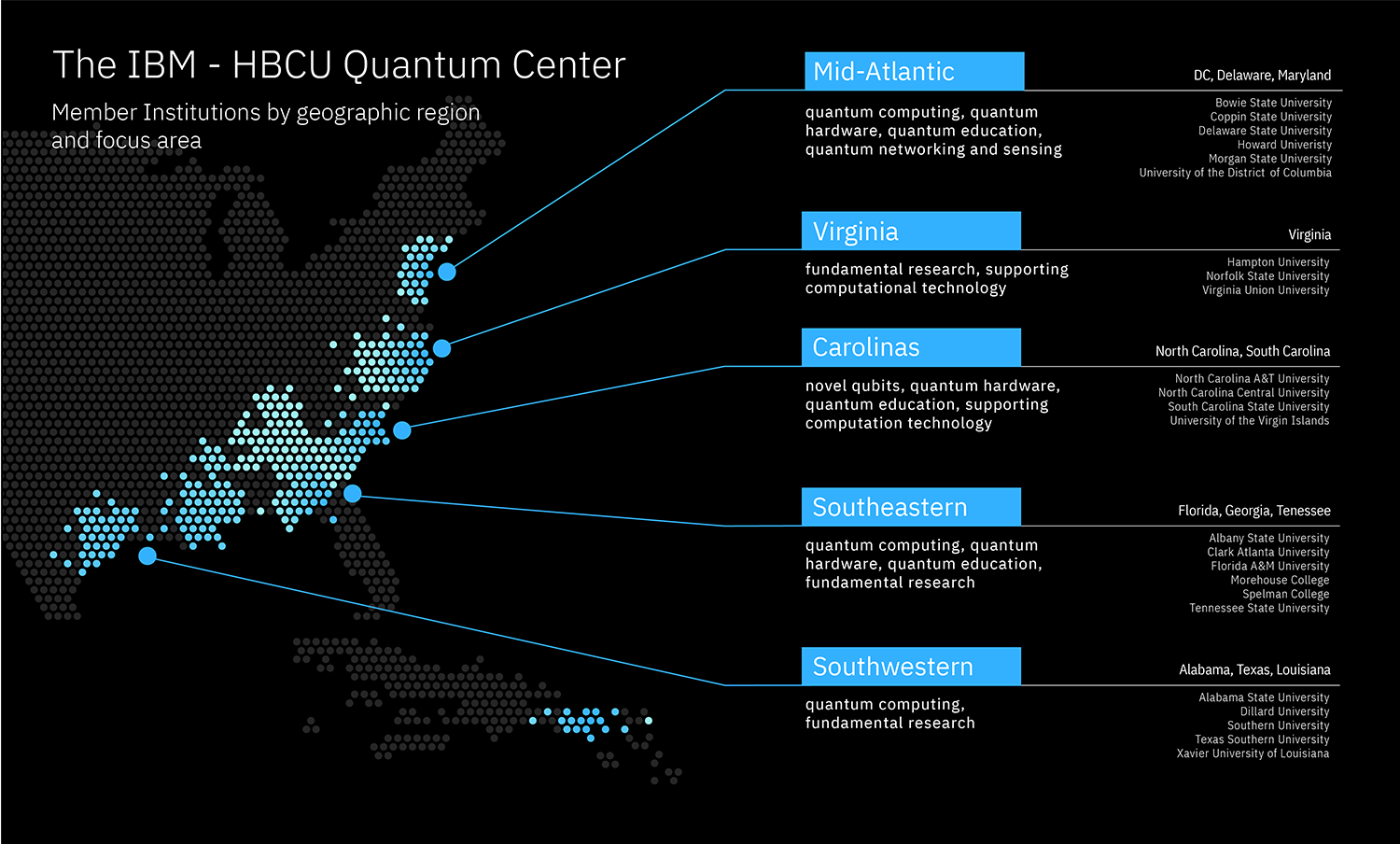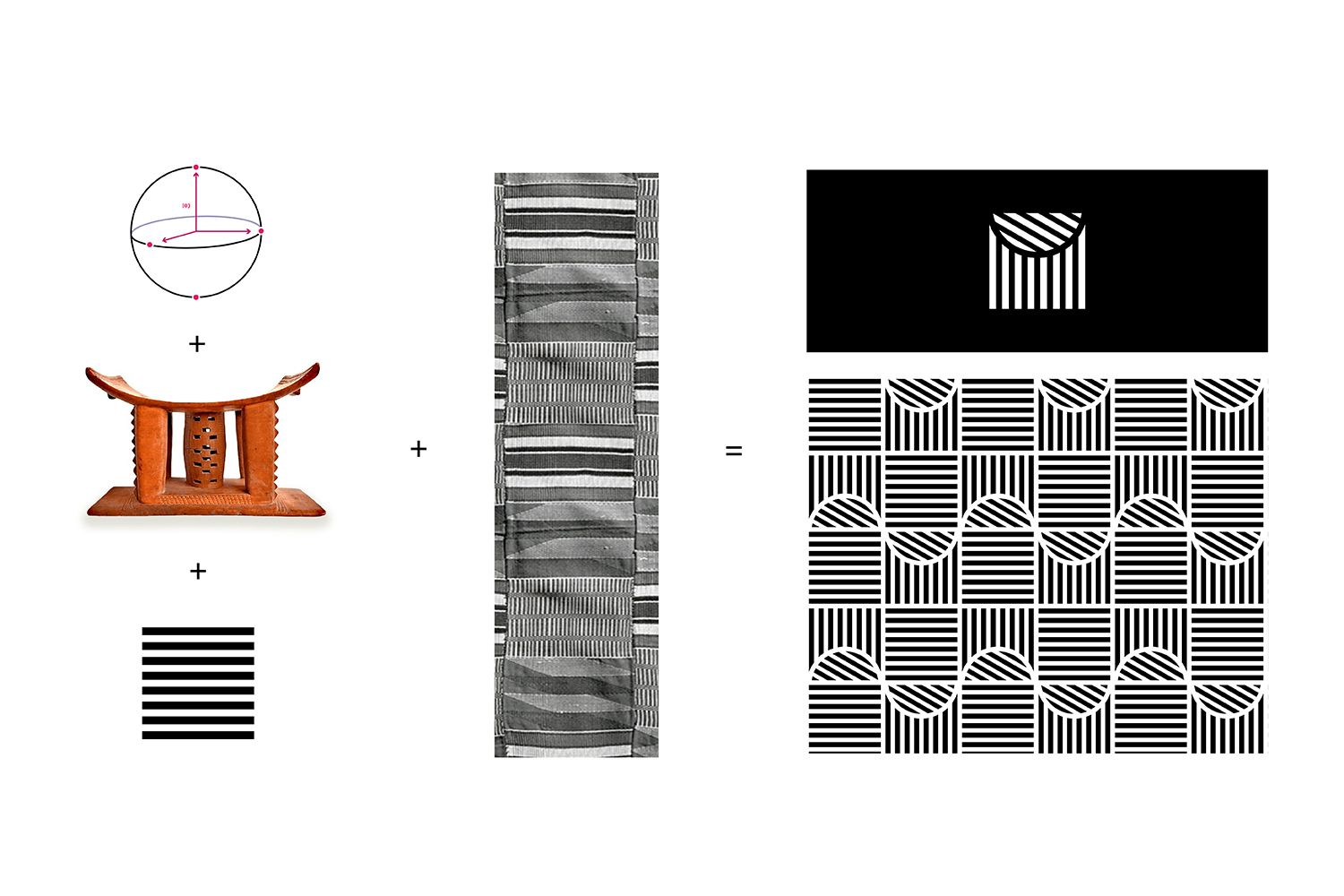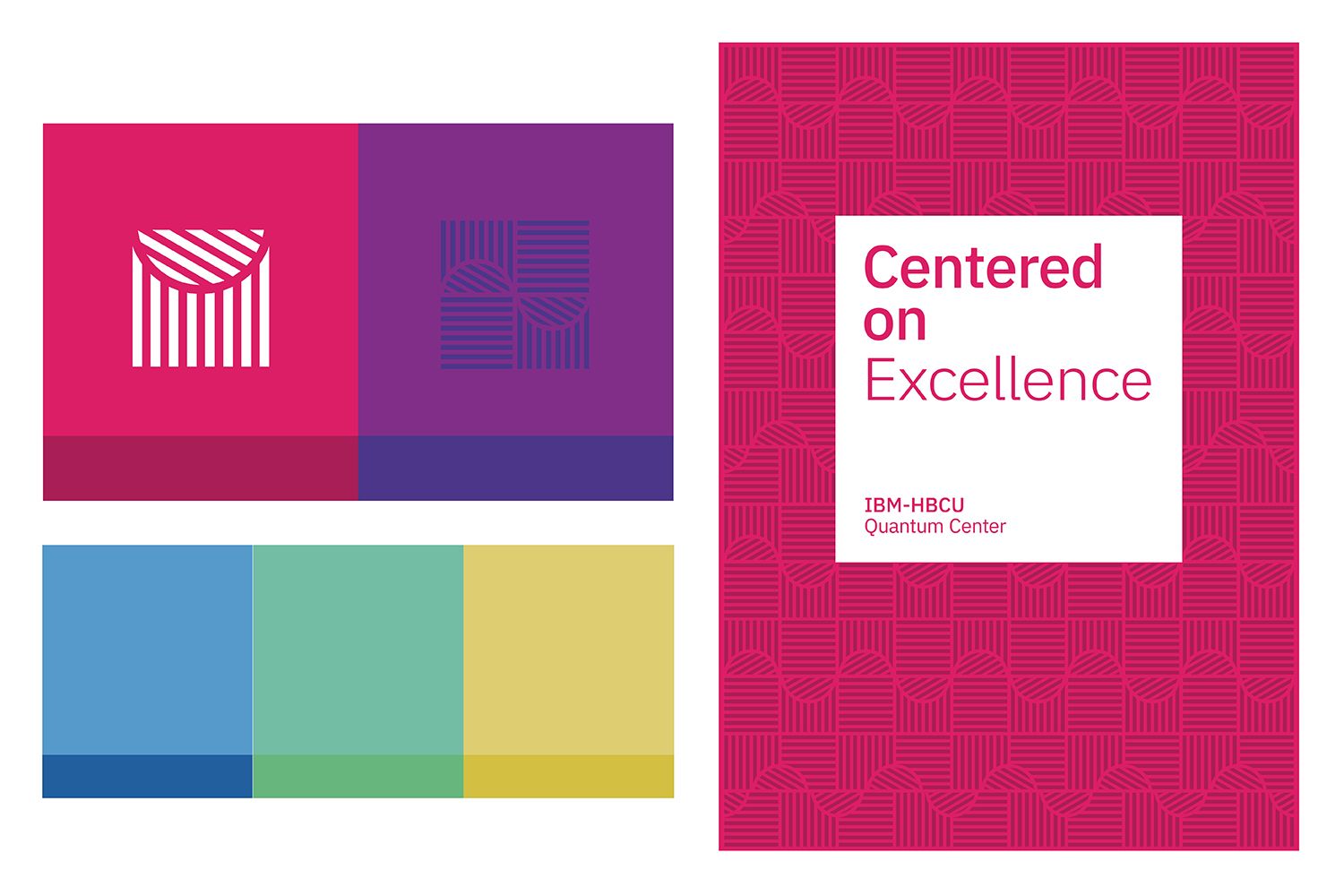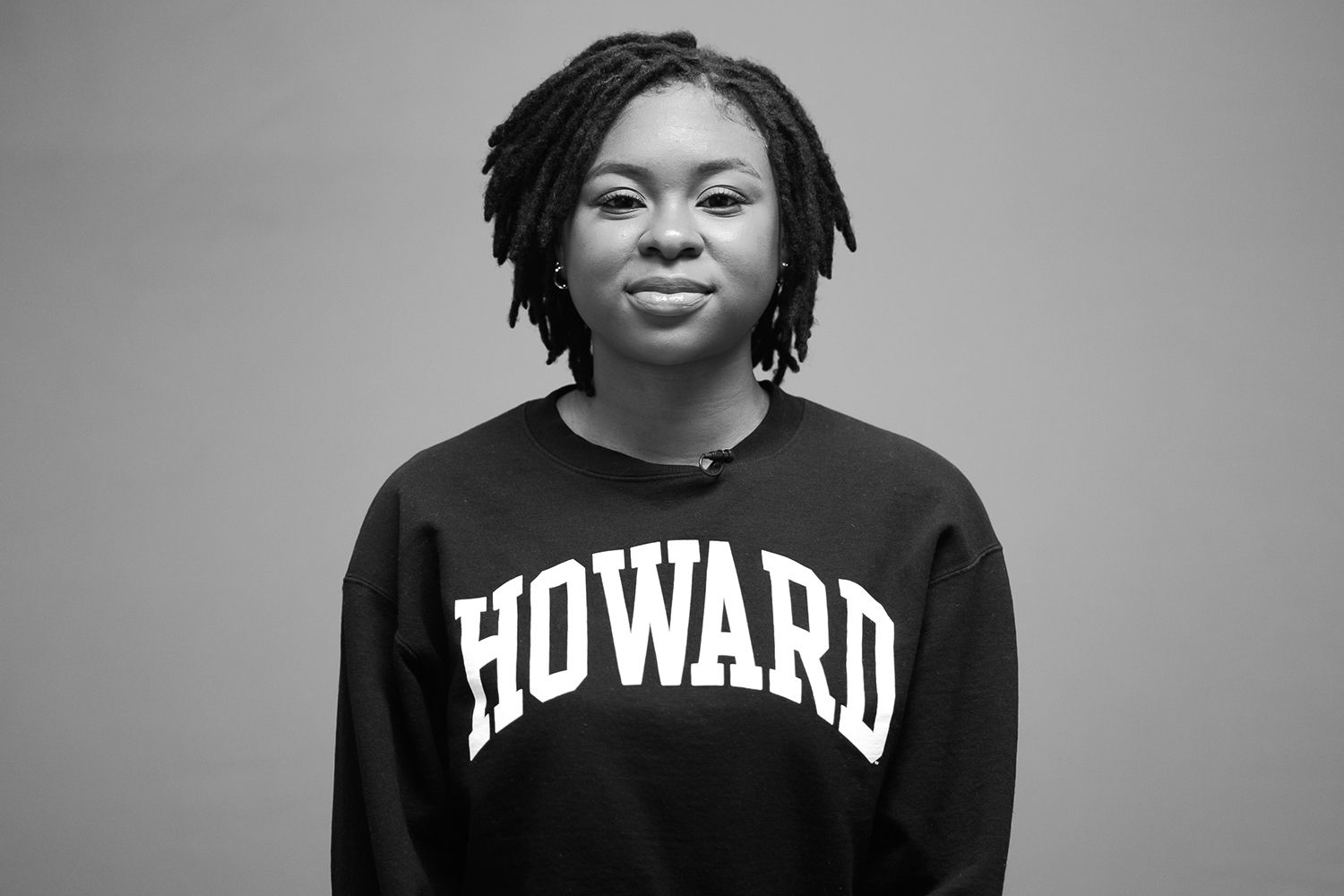After spending her freshman and sophomore years exploring everything from bioinformatics to private equity at the historically Black college/university (HBCU) Howard University, Victoria Adebayo began her studies in quantum after she expressed interest in the field to her mentor, physics professor and IBM-HBCU Quantum Center co-founder Thomas Searles.
Two years later, Adebayo is now a proud physics major and IBM-HBCU Quantum Center member who has completed quantum computing internships at IBM’s quantum lab in New York, Princeton University
The Quantum Undergraduate Research at IBM and Princeton (QURIP) is a unique summer undergraduate research program that combines academic research in quantum science and engineering at Princeton with industry experience at IBM Quantum in the TJ Watson Research Laboratory. Learn more.
The only downside is that these incredible experiences mean Adebayo will soon face a supremely difficult choice: As a graduating senior who wants to take her quantum research to the PhD level, Adebayo has applied to several graduate physics programs. So far, Harvard University, Columbia University, MIT, Rice University, the University of Chicago, and the University of Michigan have all accepted her for admission.
Only time will tell which program she will choose. And with the IBM-HBCU Quantum Center now in its third year of bringing quantum computing education and research opportunities to students at historically Black colleges and universities, Adebayo won’t be the last HBCU student who has to make such a tough, but rewarding, decision.
Now, we’re celebrating the achievements of students like Victoria Adebayo with a look back at how the IBM-HBCU Quantum Center first took shape, and at the impact it has made so far.
Examining the impact of the IBM-HBCU Quantum Center
The video features Adebayo alongside some of the figures who have played a critical role in the Quantum Center’s founding and continued success. This includes including faculty members Thomas Searles and Howard University Assistant Professor of Physics Sugata Chowdhury, as well as IBM Quantum Partner Experience Lead Kayla Lee and Vice President of Adoption Scott Crowder. The video also marks the debut of a new visual identity for the IBM-HBCU Quantum Center produced in collaboration with Howard University physics and design students.
A meaningful impact
Stories like Victoria Adebayo’s show us what a phenomenal impact the IBM-HBCU Quantum Center has had for its members at the individual level, but the results are just as impressive when we look at the initiative as a whole.
According to the American Institute of Physics, only 284 bachelor’s degrees in physics were awarded to Black U.S. citizens in the classes of 2017 and 2018 combined — and one can safely assume that only a small portion of those went to students pursuing opportunities in quantum computing.
By contrast, the IBM-HBCU Quantum Center has already directly engaged 50 post-secondary students at HBCUs in research projects across fields like quantum materials, quantum chemistry, and quantum computing. And those are just the students who have reached the very highest levels of engagement with the initiative.
The Quantum Center has also tapped more than 80 HBCU faculty members to participate in faculty development opportunities and serve as student mentors. But perhaps an even better sign of the Quantum Center’s impact can be seen in the growth of HBCU users on IBM Quantum systems.

A map of the IBM-HBCU Quantum Center.
With Qiskit Runtime, IBM Quantum provides cloud-enabled access to quantum computing systems for hundreds of thousands of users all around the world. However, when the IBM-HBCU Quantum Center was founded in the fall of 2020, fewer than 100 of those users were affiliated with HBCUs. Since then, that figure has grown more than seven-fold to include well over 700 unique HBCU users — and the number keeps growing.
Numbers like these are an important sign of the IBM-HBCU Quantum Center’s impact. Still, for the IBMers and HBCU faculty who have helped bring the Quantum Center to life, it’s those individual stories that are most important. For Quantum Center students like Victoria Adebayo, and even for the talented physics and design students who contributed to the Quantum Center’s new brand identity, that story is just beginning.
The best thing about being involved with the Quantum Center is just having access to a community of HBCU students who are all interested in quantum.
A brand new look
Work on the new brand identity began in the summer of 2022 with a design thinking workshop facilitated by IBM Quantum design principal Herman Colquhoun Jr., who brought together stakeholders from both IBM and HBCU leadership to articulate the Quantum Center’s key brand values and attributes.
Those insights were then handed off to IBM Quantum design leads Michael Kriegshauser and Brad Neil, who organized a series of brand workshops where a group of Howard University staff and students — Keme Arigbe, Emari Baker, Amiyah Brown, Michelai Lowe, In’Spire Hodgson, and Dymier Steele — transformed those ideas into a coherent IBM-HBCU Quantum Center brand identity.

Stool and Qubit concept by Michelai Lowe of the IBM-HBCU Quantum Center design team.
Brand workshop participants included both Howard University design students as well as physics students with little-to-no design experience. The workshops gave participants a unique opportunity to work closely with a real-world design professional and see firsthand how brand identities are developed.
The striking visual motif they created combines the oscillating waves of a quantum wave function with a depiction of the traditional Ashanti stool — a time-honored symbol of power for the West African tribe — and the iconic IBM eight-bar logo.

Color concept by Dymier Steele and brand positioning by Keme Agribe, both members of the IBM-HBCU Quantum Center design team.
The result is a brand identity that, much like the Quantum Center itself, takes inspiration from Black history and the history of quantum information science to create something entirely new and forward-looking. IBM-HBCU Quantum Center administrators will use the new visual language to provide customized tools and branded visual assets for member institutions — including web templates, badges, resume templates, and more.
The project is a powerful example of how the IBM-HBCU Quantum Center brings different HBCU students together to form new communities organized around quantum information science. Victoria Adebayo says finding that community has been the most important part of her Quantum Center experience.
“The best thing about being involved with the Quantum Center is just having access to a community of HBCU students who are all interested in quantum,” Adebayo said. “It’s really nice being part of a community of people who are all passionate about the same thing.”

Victoria Adebayo, Howard University undergraduate, physics major, IBM-HBCU Quantum Center member. (Photo credit: Aravind Ragupathi, IBM.)




